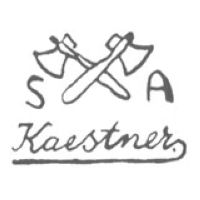
Image 010910-01-01
Introduced around 1883, but no information available on how long it was used.
The Kaestner family roots reach back to the first coal mining efforts in the area around Oberhohndorf which today belongs to the city of Zwickau. The former farmer Jacob Kaestner was the first officially mentioned family member as he was registered as owner of a coal mine on March 17th 1551. The last Kaestner mine, named Florentin Kaestner finally was included into the local Morgensternunion during 1930. Since then, the Kaestner family grew to become one of the largest industrial families in Saxony.
Owner of the last Kaestner mine was of course Florentin Kaestner as is indicated by the name of the mine itself. His eldest son Friedrich had a dream : he wanted to open his own porcelain factory. Florentin, who liked the idea and was proud of his sons saw a chance to introduce a completely new industry for the area. As coal was no problem and the area already had more than one railway line, he supported his son not only financially but with all his knowledge as a businessman.
Friedrich Kaestner had already started construction work during 1882 and on January 19th 1883 the firm was officially registered at the Zwickau town hall. But it still took Kaestner over eleven months to get production up and running and on December 8th 1883 he finally started production. The first coffee set issued by the company came from a mold that was simply named 'Model A' and was the base for success during the first few years.
Nothing more is known other than the factory had its best times during the 1930's. After nationalization following the founding of the German Democratic Republic in 1949 the first few years also went very well, but from 1960 onwards there was a constant decline in sales. This resulted in the closure of the factory during the year 1971; the 'Kaestner' company was the last porcelain factory that closed in the Zwickau area.
The small "O/Z" addition which sometimes only appears like a dot over a horizontal line above the letter "Z" stands for Oberhohndorf bei Zwickau ("Oberhohndorf near Zwickau") and was dropped around 1935 as Oberhohndorf became part of the city of Zwickau.

Image 010910-01-01
Introduced around 1883, but no information available on how long it was used.

Image 010910-01-02
No dates known.
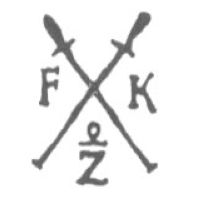
Image 010910-01-03
Used until 1900, registered at the Königliches Amtsgericht Zwickau under №·2 on February 22nd 1884.
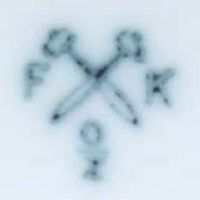
Image 010910-01-04
Used between 1900 and 1920.
Image 010910-01-05
Used between 1900 and 1920, a faintly impressed "FK" above "O/Z".
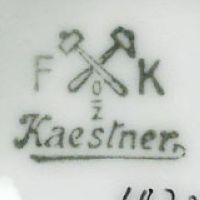
Image 010910-01-07
Used from 1920 onwards.
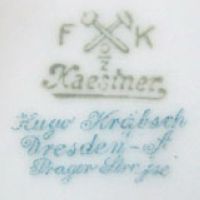
Image 010910-01-08
Used from 1920 onwards, here with a retailer mark from the shop of Hugo Kräbsch.

Image 010910-01-09
Used from 1920 onwards, here with the first "Saxonia" addition.
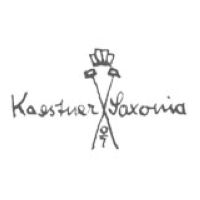
Image 010910-01-10
Used from 1929 onwards, registered at the RWZR under №·397·378 on January 22nd 1929.
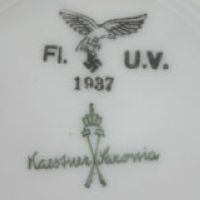
Image 010910-01-11
This version was used during World War II, here on Luftwaffe equipment from 1937.
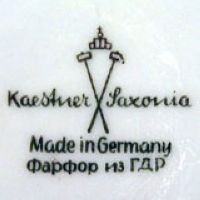
Image 010910-01-12
No exact dates known, export version to the Soviet Union and other East Block countries after WW2.
(Picture: Jacqueline Kacprzak)
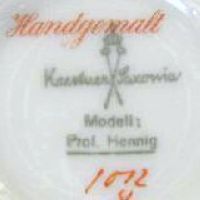
Image 010910-01-13
"Kaestner Saxonia" mark, no exact date known (probably used until 1971). Also states the designer name, "Professor Hennig".
© 2004-2025 C.S.Marshall, all rights reserved